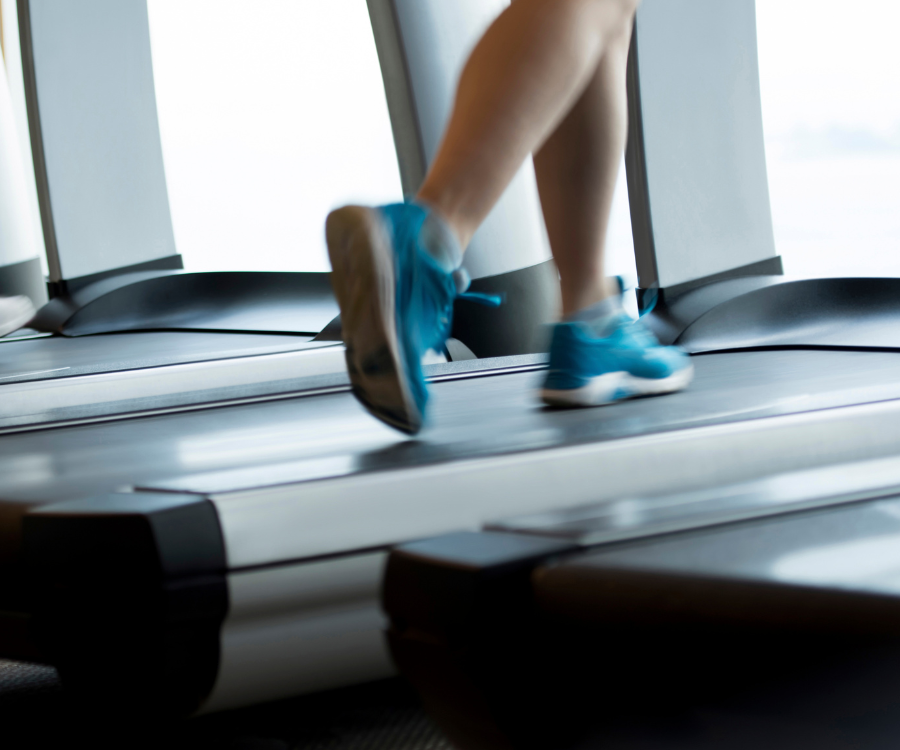Summary
Why This Matters
Gait analysis is central to biomechanics, sports science, and clinical research. Traditionally, gait analysis has relied on marker-based systems, which are accurate but often time-consuming, costly, and restrictive for participants. Markerless motion capture promises faster setup, more natural movement, and broader participant inclusion, and has been widely validated against marker-based systems during a variety of movements including walking and running.
However, one key question has remained: Can markerless motion capture systems like Theia3D detect meaningful kinematic changes when gait speed increases? A new peer-reviewed study published in the Journal of Sports Sciences attempts to answer this question, confirming Theia3D’s ability to reliably capture sagittal-plane lower-limb kinematics during both walking and running and demonstrating sensitivity to kinematic changes resulting from speed changes.
Study Overview
- Participants: 14 recreationally active adults
- Comparison: Marker-based optoelectronic motion capture vs. Theia3D (v2023.1.0.3161p4)
- Conditions tested: Walking (3 and 5km/h) and running (10 and 12 km/h) on a treadmill
The study examined sagittal-plane pelvis, hip, knee, and ankle kinematics across these speeds.
Key Findings
Excellent Agreement for Lower-Limb Joints
- Hip, knee, and ankle angles showed good to excellent waveform similarity (CMD ≥ 0.95) between systems at each speed.
Pelvic Tilt Less Consistent
- Agreement for pelvic tilt was lower and more variable between systems.
- Note: This study was conducted using a previous version of Theia3D (v2023.1.0.3161p4). Since then, Theia3D Apollo (v2024) has introduced updates to the pelvis segment based on published findings and user feedback.
- Theia3D is therefore best applied when focusing on hip, knee, and ankle kinematics.
Sensitivity to Speed Changes
- Theia3D detected changes in joint kinematics at both walking and running speeds with a similar sensitivity to marker-based systems (CMD ≥ 0.87 for hip, knee, and ankle).
- Changes between speeds were detected with <1° error in most outcome measures.
- Performance was consistent up to 12 km/h running speed.
What This Means for Researchers and Clinicians
The results demonstrate that Theia3D is a validated tool for:
- Sports science labs analyzing running mechanics and performance.
- Clinical gait analysis where speed progression (e.g., rehabilitation or fall-risk studies) is important.
- Research protocols requiring efficient, non-invasive data collection across multiple gait speeds.
The study also highlights the importance of considering pelvic tilt limitations and focusing on validated joints (hip, knee, ankle), when designing protocols. This new evidence adds to the growing body of validation studies showing Theia3D as a robust alternative to traditional systems.
Bottom Line
This study reinforces that Theia3D is a validated, markerless alternative to traditional motion capture, delivering time efficiency, accessibility for diverse populations, and natural movement capture across both walking and running speeds, making it a robust tool for biomechanics research, clinical gait analysis, and sports performance applications.
Interested in learning how Theia3D could support your lab or clinic? Contact us today.





